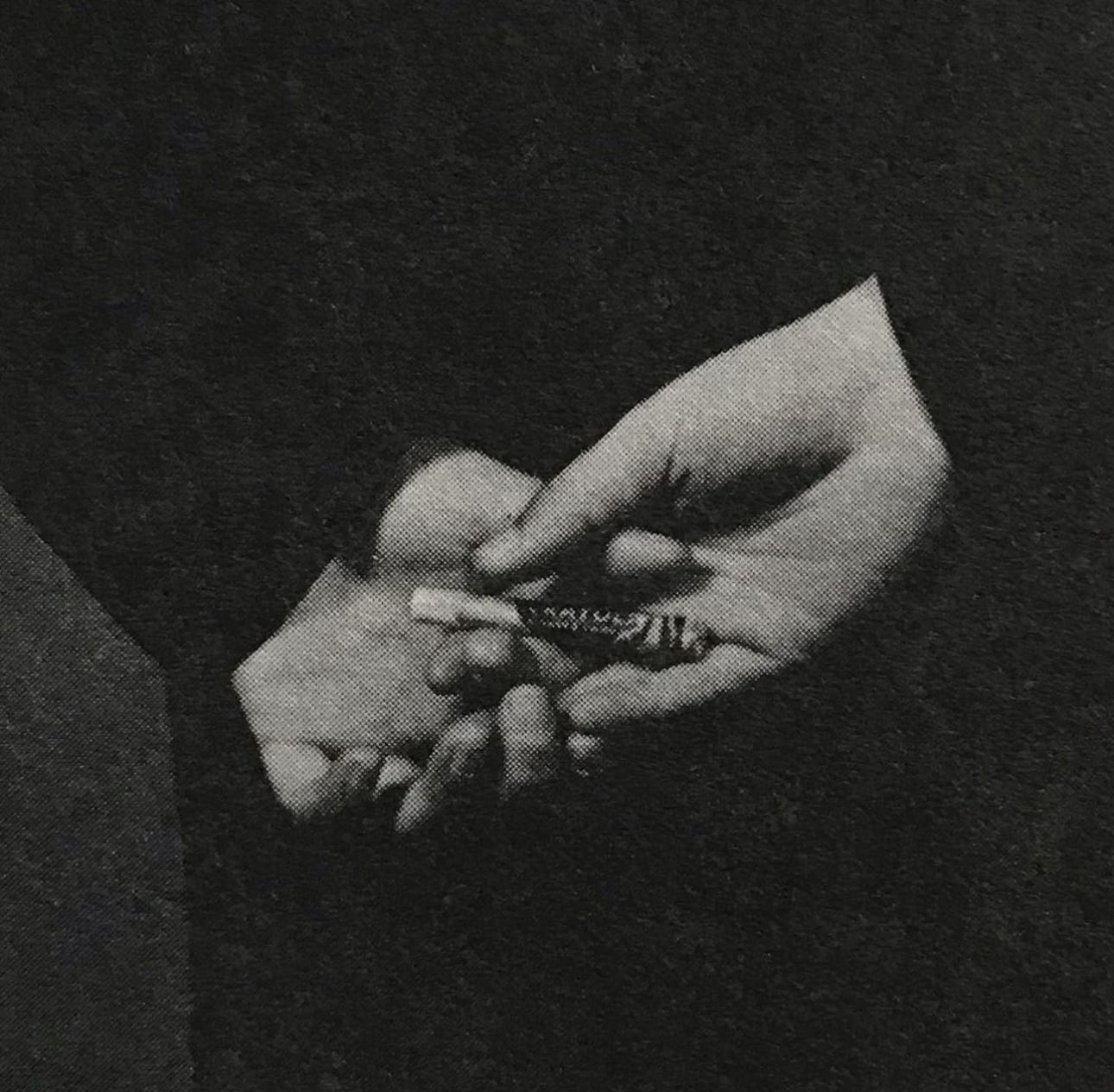
In Ann Patchett’s introduction to her book This Is the Story of a Happy Marriage, she writes:
“The tricky thing about being a writer, or about being any kind of artist, is that in addition to making art, you also have to make a living.”
This is a tricky thing.
Patchett, a hugely successful writer, started in magazines. She freelanced for Seventeen, Vogue, Gourmet, and The New York Times Magazine—working on tight deadlines, under strict parameters, with indecisive editors, covering topics she knew almost nothing about. Did she love it? No. But she was good at it. It’s where she learned to be a workhorse, and it allowed her the time and financial support to work toward her dream of becoming a novelist.
I’m not Ann Patchett. I don’t think writing nonfiction is easy, and writing fiction is hard. For me, all writing is hard. And, so far, I have no desire to write a novel. Since I was 16, my dream has been to write for magazines. For years, I’ve been fairly close to achieving that dream—budding right up against it—working in college as a fashion intern for the market editor at Women’s Wear Daily in Los Angeles and launching my digital lifestyle publication, Glitter Guide, in 2011. So why didn’t I ever actually work at a magazine? The answer is simple: I never tried. There were many reasons for this, some of them valid, most of them crap. The worst was the belief that writers are born, not made.
Growing up, I was obsessed with stories: reading them, telling them, and acting them out. I spent hours alone in my bedroom performing fairy tales to a rapt audience of Care Bears and Cabbage Patch Kids. As I got older, the stories moved out of my bedroom and onto the page, mainly in the form of poetry, but sometimes they were stories I made up. Then things got tricky. They weren’t any good. Well-meaning adults would tell me I had potential but that my writing needed work. And as so often happens, this message was lost in adult-to-teenager translation. All I heard was, you’re not good enough.
I didn’t entirely give up; I still had my hopes set on magazines. I hoarded piles of Sassy, Vogue, Glamour, and Cosmopolitan in my closet, dreaming of ways I could be a part of their worlds. If I couldn’t get in through words, maybe I could get in through pictures. I started experimenting with photography, nothing too serious; it was mostly for fun. Taking pictures of my friends became my thing. I was the girl who took pictures. (I'm still that girl.) For a while, I lost sight of my magazine dreams; documenting my teenage life through photos was the only story I was interested in telling.
Taking pictures was my obsession, but at the time, it didn’t feel like a feasible career, and since I believed I wasn’t a writer, I ignored my desire to study journalism in college. Instead, I picked the most neutral degree I could think of: communications. It’s as boring as it sounds. Landing the internship at WWD was the only real highlight of my college experience. But I avoided writing and focused on fashion. Maybe fashion would be my way in.
Like Patchett, I learned to be a workhorse by interning for a magazine. I wasn’t getting paid; actually, I was paying to intern there, or my parents were. Knowing my journalism aspirations, my gracious parents moved me from the Bay Area to Los Angeles during the summer of my internship. They paid for me to move into a house with a bunch of strangers in a tiny dining room converted into a bedroom that smelled like burnt toast or, worse, long-forgotten fruit. It was weird, and I was lonely. I decided the best way to cope was to intern for as many hours as the magazine would let me. I answered the phones, collected mail, delivered the coffee, organized the sample closet, helped scout models and photo shoot locations, and drove around Los Angeles, taking notes on fashion trends. I quickly learned that a magazine internship was not the flashy, glamorous job I had envisioned; it was hard work. (I also learned there’s no notetaking at Fred Segal, but that’s another story.) I thrived working on photo shoots—the pressure, energy, and challenges. It was a grind, but an exciting grind. The best part was I got to be a part of telling stories. But then the internship ended, and I moved back home to a place where there were no fashion magazines. Once again, things got tricky.
I spent the next few years completely lost. I didn’t want to move to San Francisco, where there were more opportunities to work in corporate fashion. Instead, I jumped from one random job to the next—working in retail, recruiting, and marketing. At one point, I was the marketing director for a physical therapist. What that means, I still don’t know. I resigned myself to a career in boringness. But like I tell my kids, boredom begets creativity. And it was on a boring day at work, while I sneakily searched the internet, that I first stumbled on a fashion blog. It was love at first sight. Here was a space where I could write, take photos, and share fashion trends with no gatekeepers, no one to tell me I wasn’t good enough. I went home and immediately published my first post.
Being a workhorse is critical to being a successful blogger. You develop all of the content. You photograph it, write it, edit it, and market it. You’re every department, from the CEO to the lowly intern. Not everyone is cut out for it. Thankfully, I was, and it became my full-time career for over 12 years. In many ways, it was better than working for a magazine. I was the magazine. But things got tricky. In 2018, the blogging industry went through a lot of big shifts, and no matter how hard I tried to keep up, I kept falling short. It felt like the content was controlling me, not the other way around. I was sad and uninspired. Then, the pandemic hit, and after about a year of trying and failing to do it all, I decided to give myself a break and close up shop.
The pandemic days were long and hard, but they were also kind of great. With nothing to do and no one to see, my family turned to stories. Stories allowed us to escape from the weird state of the world to far-off, fantastical lands. They were also an escape to real-life things we missed, like going to school and eating at restaurants. And since I couldn’t work (photo shoots both inside and outside of my home were out of the question), I returned to the thing I could do from anywhere at any time: writing.
Writing for digital publications for 12 years taught me how to think fast, write fast, and write a lot, but it didn’t teach me to write well. That’s something I’m working on; it’s something I’ll always be working on. What improved my writing was reading. The more I read, the better I write. The more I read my writing out loud, the better it sounds. Once again, my workhorse habits came to the rescue. I discovered writing wasn’t only for those born with talent; it’s a craft you have to work hard at.
Patchett achieved her dream. She’s now an incredibly successful novelist, but she credits her time writing for magazines for turning her into the writer she is today. I may never have achieved my dream of working for magazines, but I created my own version of that dream. It’s something I’m still doing. Moonbow was born from that same impulse to create something without gatekeepers, something entirely my own.
But as Patchett says, the tricky thing is that in addition to making art, you have to make a living. For most of my career, I supported myself through advertisements and, more recently, through consulting. I teach my clients how to create compelling content and how to get paid for it. But I’ve been ignoring my own advice. I believed I couldn’t charge for my writing because I’m not a writer. Only real writers get paid for their work. But what makes you a real writer? Fancy bylines? Published work? Big advances? Or is it simply caring deeply about writing?
It’s taken me 25 years to realize that success isn’t about perfection; it’s about effort. Being a 41-year-old mother of two trying to break into the workforce after running my own business for a decade has been hard. I’ve dealt with a lot of rejection, but instead of wallowing, I’m focusing on things I can pour effort into, like reading, writing, studying, and networking with as many people as possible—because how can I expect others to believe in me if I don’t believe in myself?
So, I’m going to believe I’m a writer, and I’m going to try to get paid for it—which means I’m going to paywall more of my Moonbow articles—something I’ve been hesitant to do for over a year. I’m not sure why this makes me so uncomfortable. Probably because I always feel like an imposter and have grown accustomed to working for free or for hardly any pay. But I know I’m worth it, and I think my point of view is valuable. I hope you agree.
What this means for Moonbow:
Starting in January, I will add a paywall to many of my archived articles. This means that for a short period of time, they will be free to read for all subscribers, but then they will switch to paid access only. My features will remain free to everyone. (This is all subject to change as I experiment.)
If you enjoy Moonbow and are a regular reader, I’d appreciate you upgrading to a paid subscription. For the price of a cup of coffee ($5 a month), you can help me pay my bills and keep this publication alive. I anticipate that next year, I’ll have to take on more freelance work or start working for a company, but it would be ideal if Moonbow could help supplement my income. If paying isn’t possible, you can always share, like, and re-stack articles. And if you know anyone hiring, please keep me in mind. I have high hopes for 2024, but whatever happens, I’m forever grateful for this community.
Taking a Break
This is my last article for the year. I’m taking a little holiday break to recoup and focus on my family—plus, we’re moving into a new house this month! I’ll be back in January. In the meantime, you can explore Moonbow’s archives and read some of my favorite Substacks.
I recommend:
Slowpoke by Carson Ellis
À La Carte by Ali Labelle
The Ecstatic Review by Cate Scott Campbell
Incidental Comics by Grant Snider
Can we read? by Sarah Miller
Are You Shrieking? by Katy Jones-Gulsby
At the Kid Table by Rachel Michelle Wilson
If you know someone who might enjoy Moonbow, please spread the word and share this article.



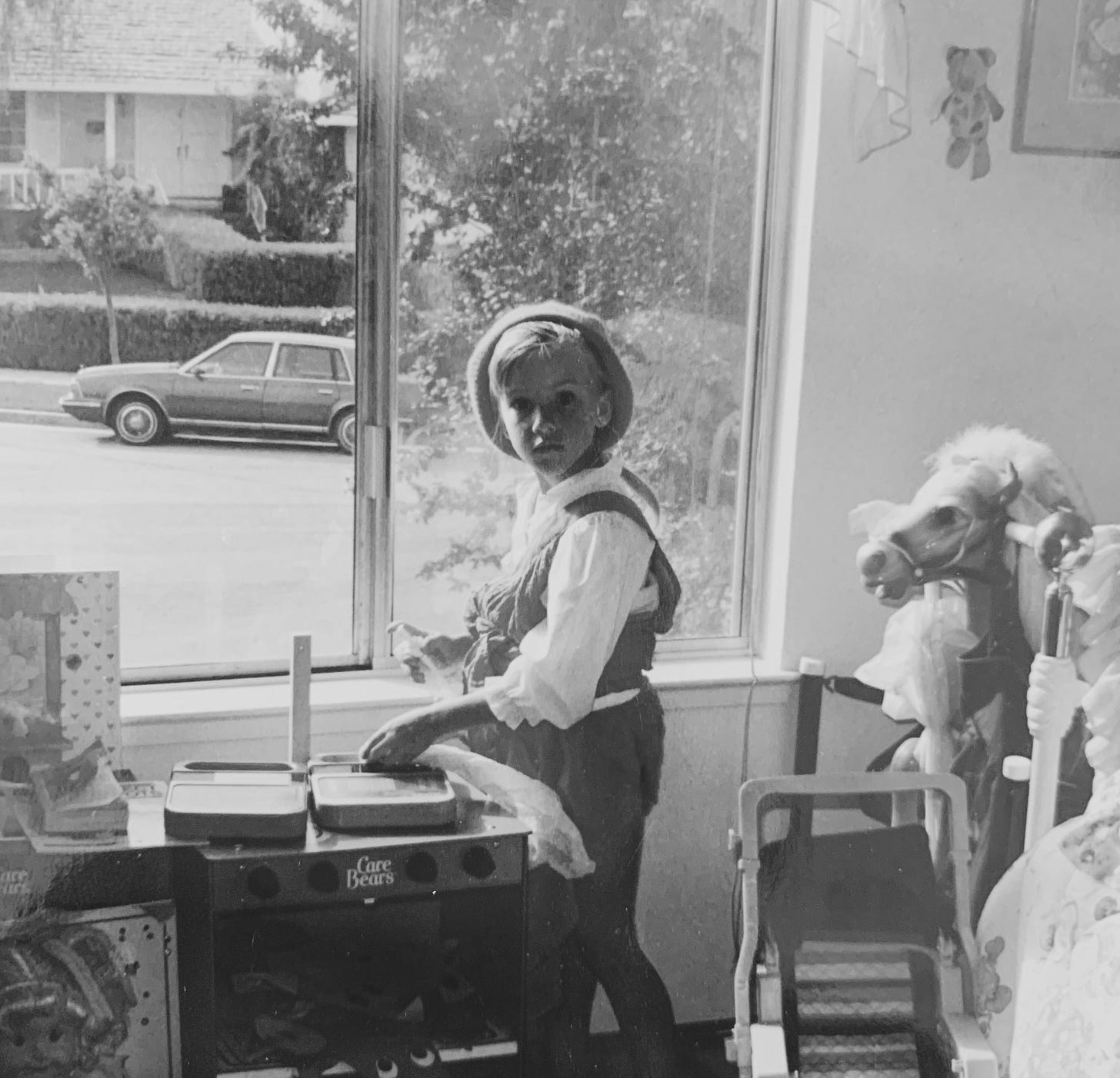
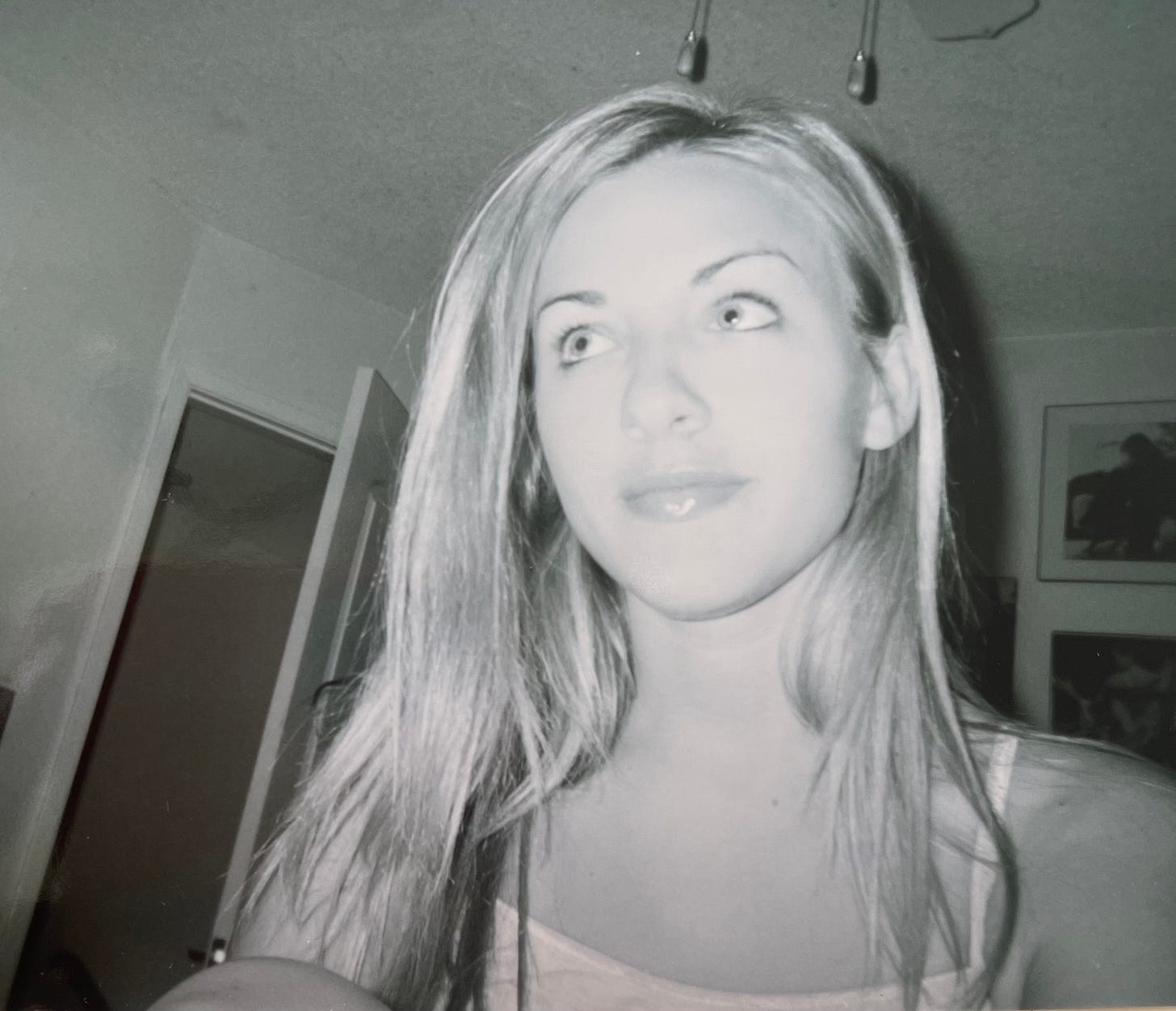
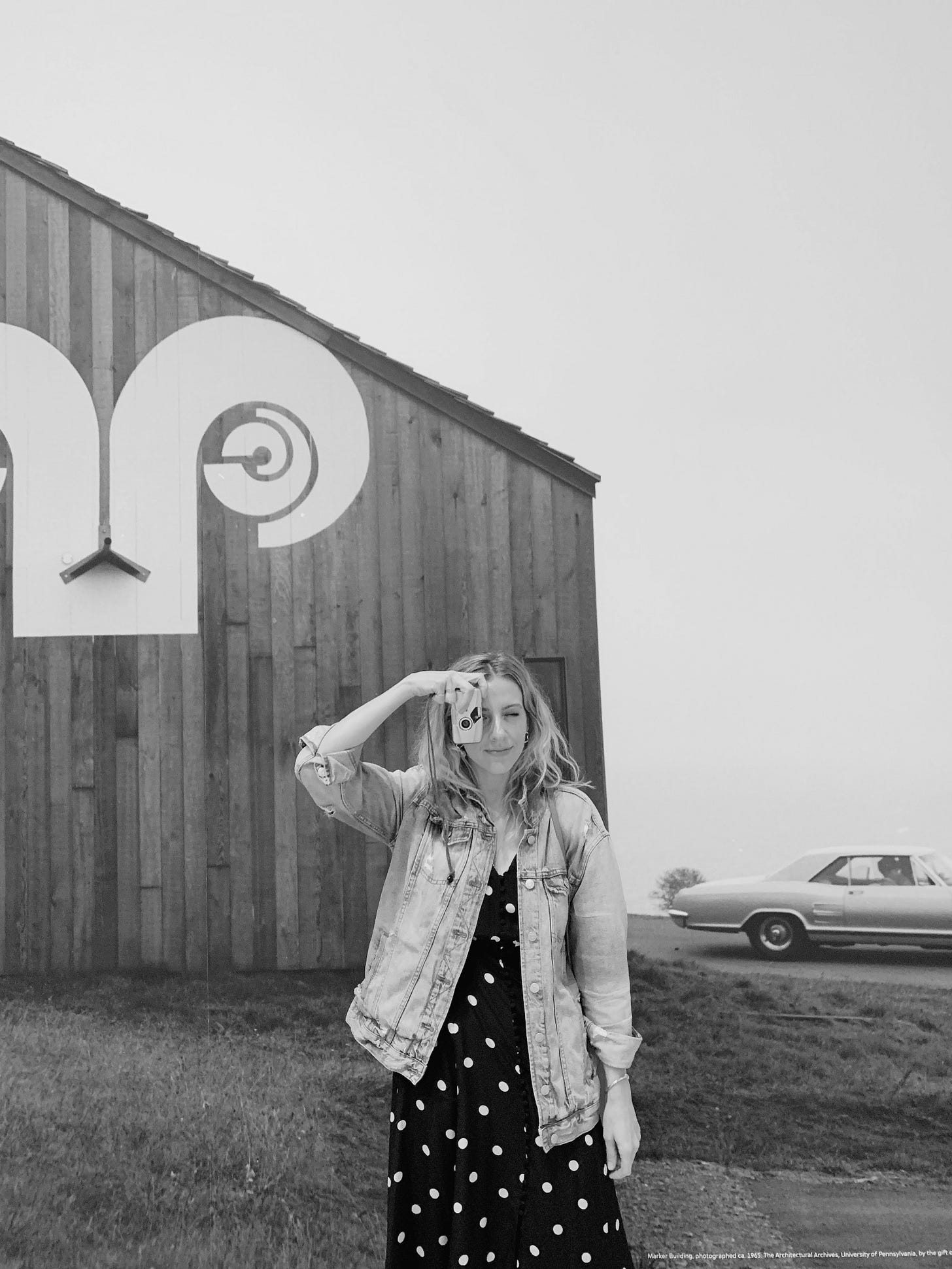
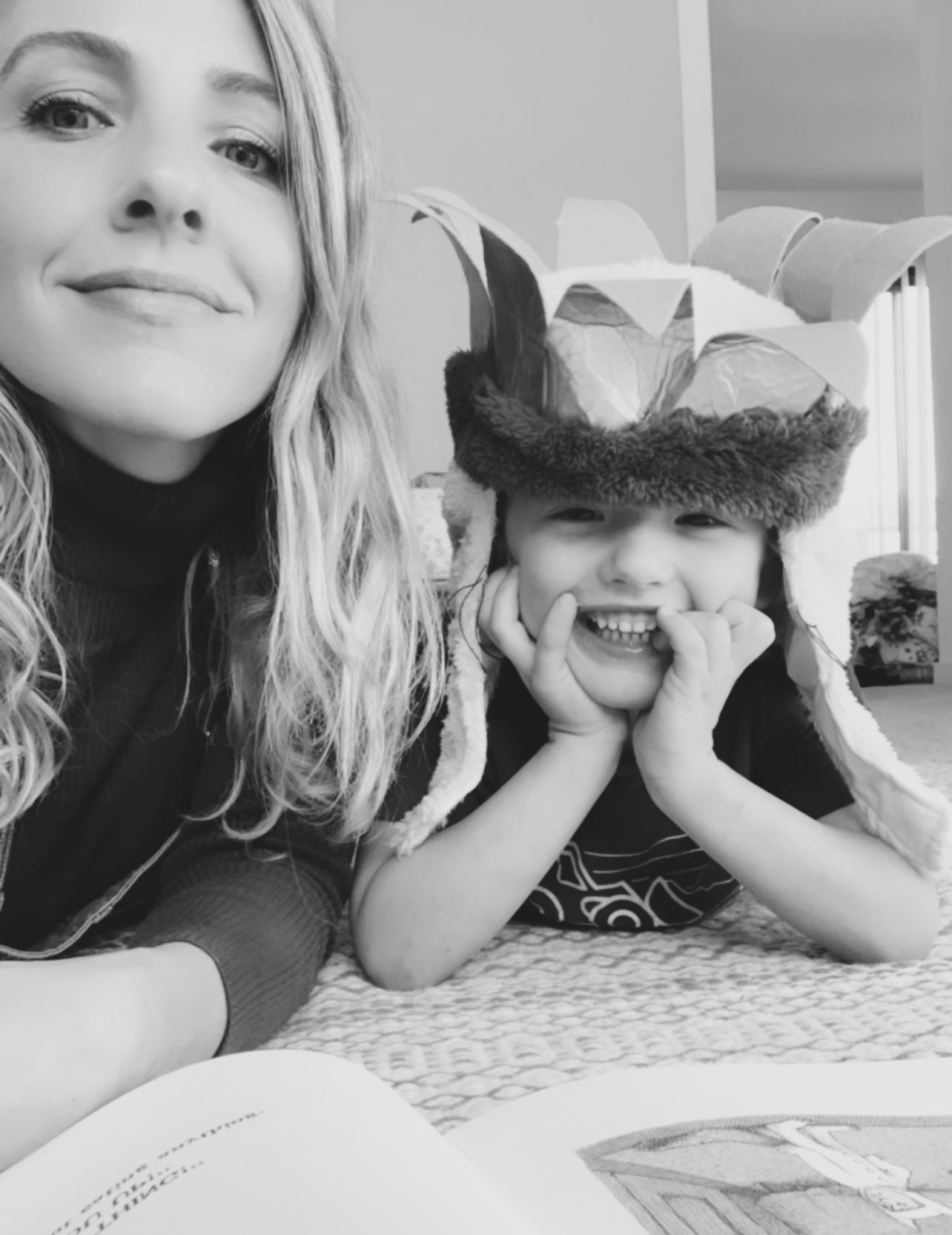
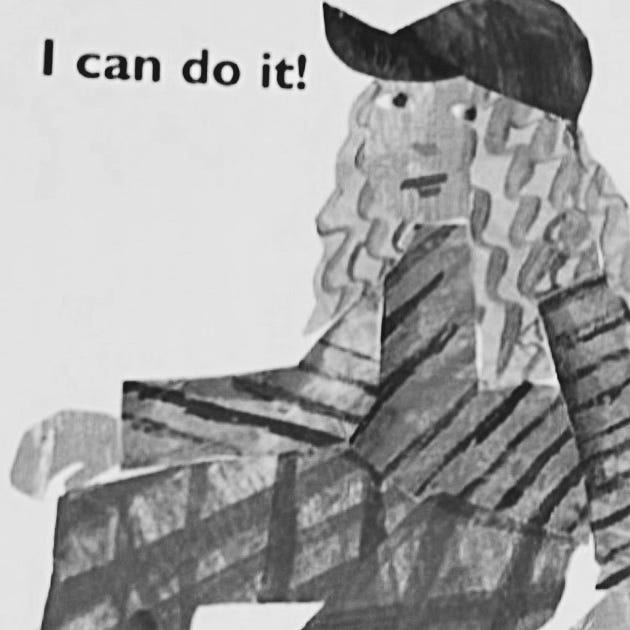
Gaaaah, Taylor, I could have written so much of this. Imposter syndrome can be debilitating, and dreams can feel so far out of reach. I recognize so much in this: I was the same sort of child and teen, existing on stories, churning out poetry, dreaming of words. And now I'm almost 41 and limping my way back. I know the feeling of taking the circuitous way, and regretting some of those paths. But I just want to say that I love your writing and I think Moonbow is alive with your unique perspective and the words you use to convey it. I hope that it opens some doors for you, and I hope you can continue to build it because it really is wonderful.
Thank you for linking Are You Shrieking? and thank you for Moonbow!! <3
I knew you were a writer from the first email I got from you. I loved every word of this.